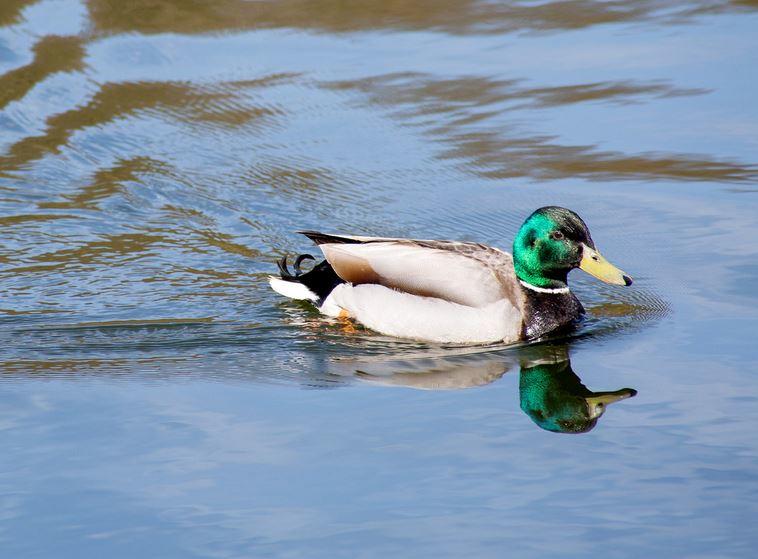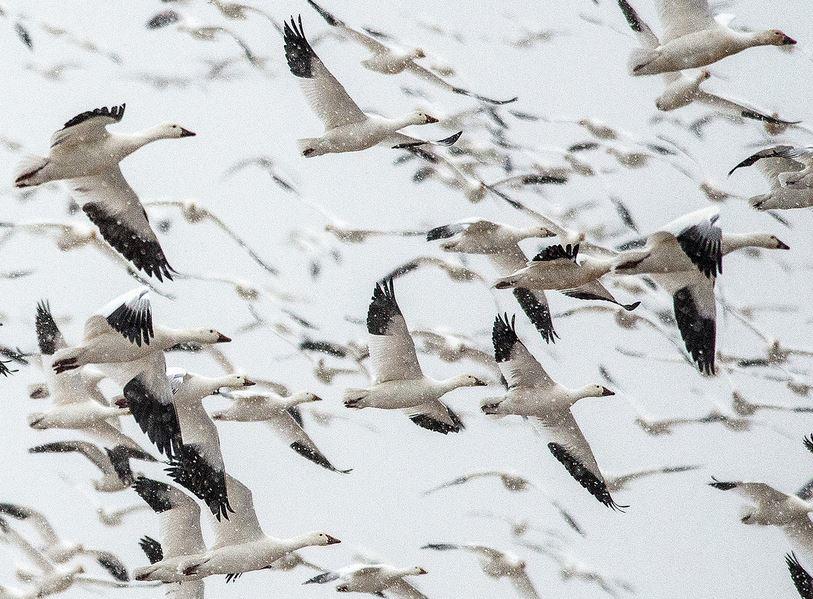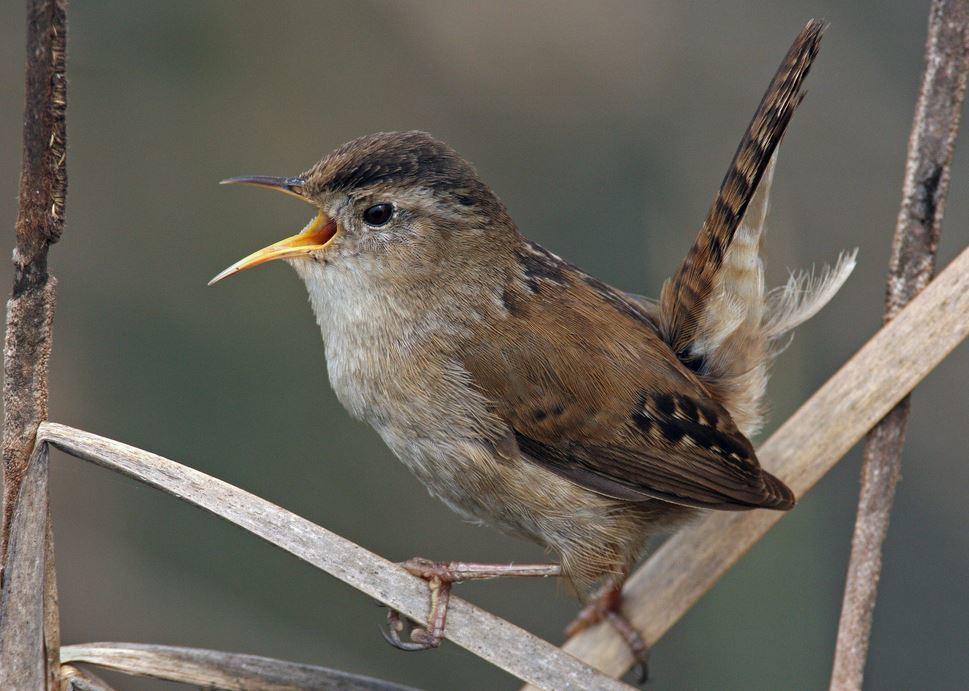What is an IBA? The Important Bird Area program is an international bird conservation initiative with the significant goal of identifying the most important places for birds and conserving them. IBAs are identified according to standardized, scientific criteria through a collaborative effort among state, national, and international non-governmental conservation organizations, state and federal government agencies, local conservation groups, academics, grassroots environmentalists, and birders.
New York's IBA program began in 1996, and since then Audubon New York has designated additional sites as IBAs and evaluated existing IBAs to ensure they continue to meet the IBA criteria. New York’s network of IBAs has evolved over the years as more bird and habitat data have been collected.
What makes Seneca Meadows an IBA? Seneca Meadows is an important 576 acre wetland and grassland site, providing habitat, food and water sources that many bird species depend upon to raise families during the spring and summer and for survival during the cold winter months. Under permanent protection through a conservation easement, the area supports a 157-acre wooded wetland and a 419-acre wetland complex. The site also supports an exemplary example of an upland savanna and tall grass prairie. All the wetlands are free of non-native, or “invasive” plant species. There is a 500-acre floodwater wetlands that runs along a section of stream on the property and connects the wetlands preserve, bringing the total preserved land to 1,100 acres.
The site met the IBA at-risk Criterion because of the number of breeding Pied-billed Grebe and American and Least Bittern.
What Kinds of Birds Are Here? Some of the most abundant bird species that rely on Seneca Meadows are Common Merganser, American Black Duck, Mallard, Wood Duck, Great Blue Heron, Snow Geese, Northern Shoveler, Blue-winged Teal, Marsh Wren, Bobolink, Savannah Sparrow, Short-eared Owl (winter), Rough-legged Hawk (winter), Common Moorhen, Wilson’s Snipe and Northern Harrier just to name a few. Some can be seen in the slideshow below.
How you can help, right now
Donate to Audubon
Help secure the future for birds at risk from climate change, habitat loss and other threats. Your support will power our science, education, advocacy and on-the-ground conservation efforts.





















